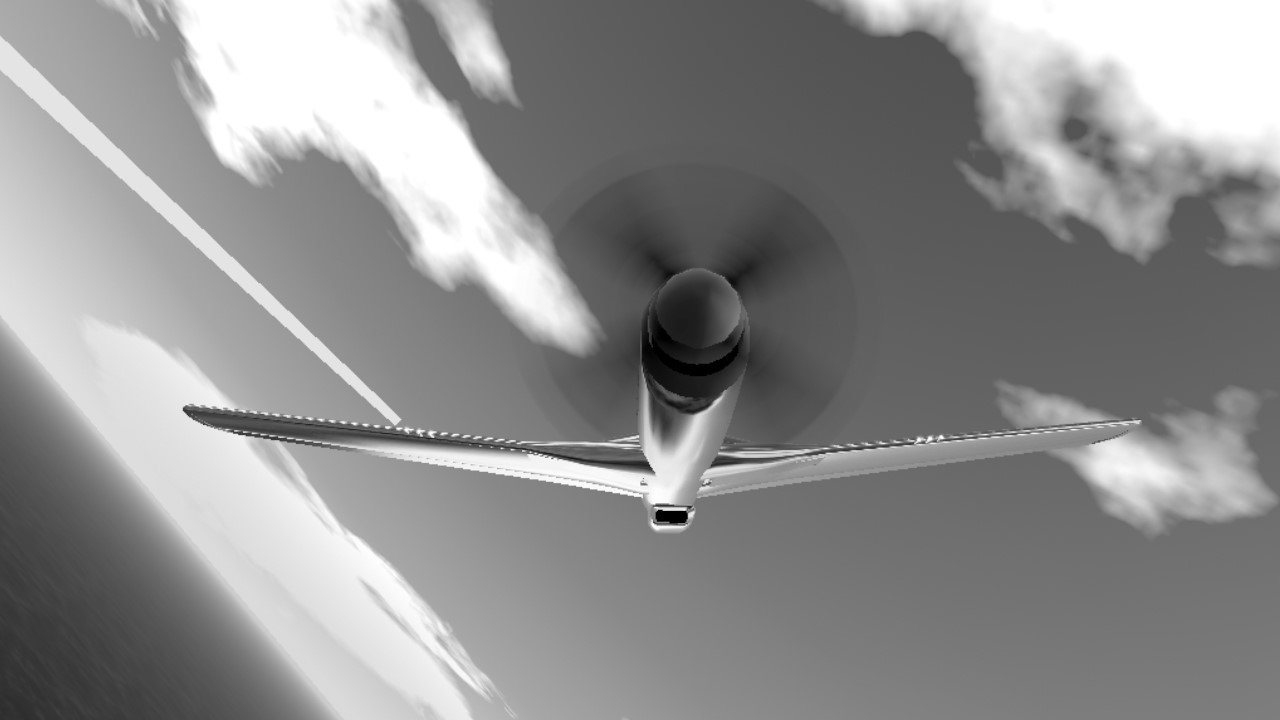BRIEF SUMMARY
The North American Aviation P-51 Mustang is an American long-range, single-seat fighter and fighter bomber used during World War II and the Korean War, among other conflicts. The Mustang was designed in April 1940 by a team headed by James H. Kindelberger[5] of North American Aviation (NAA) in response to a requirement of the British Purchasing Commission. The Purchasing Commission approached North American Aviation to build Curtiss P-40 fighters under license for the Royal Air Force (RAF). Rather than build an old design from another company, North American Aviation proposed the design and production of a more modern fighter. The prototype NA-73X airframe was rolled out on 9 September 1940, 102 days after the contract was signed, and first flew on 26 October.[6][7]
The Mustang was designed to use the Allison V-1710 engine, which had limited high-altitude performance in its earlier variants. The aircraft was first flown operationally by the RAF as a tactical-reconnaissance aircraft and fighter-bomber (Mustang Mk I). Replacing the Allison with a Rolls-Royce Merlin resulted in the P-51B/C (Mustang Mk III) model, and transformed the aircraft's performance at altitudes above 15,000 ft (4,600 m) (without sacrificing range),[8] allowing it to compete with the Luftwaffe's fighters.[9] The definitive version, the P-51D, was powered by the Packard V-1650-7, a license-built version of the two-speed, two-stage-supercharged Merlin 66, and was armed with six .50 caliber (12.7 mm) AN/M2 Browning machine guns.[10]
From late 1943, P-51Bs and P-51Cs (supplemented by P-51Ds from mid-1944) were used by the USAAF's Eighth Air Force to escort bombers in raids over Germany, while the RAF's Second Tactical Air Force and the USAAF's Ninth Air Force used the Merlin-powered Mustangs as fighter-bombers, roles in which the Mustang helped ensure Allied air superiority in 1944.[11] The P-51 was also used by Allied air forces in the North African, Mediterranean, Italian, and Pacific theaters. During World War II, Mustang pilots claimed to have destroyed 4,950 enemy aircraft.[nb 1]
At the start of the Korean War, the Mustang, by then redesignated F-51, was the main fighter of the United States until jet fighters, including North American's F-86, took over this role; the Mustang then became a specialized fighter-bomber. Despite the advent of jet fighters, the Mustang remained in service with some air forces until the early 1980s. After the Korean War, Mustangs became popular civilian warbirds and air racing aircraft.
Specifications
Spotlights
- Lake 2.8 years ago
General Characteristics
- Created On Android
- Wingspan 41.5ft (12.6m)
- Length 36.7ft (11.2m)
- Height 12.7ft (3.9m)
- Empty Weight 7,704lbs (3,494kg)
- Loaded Weight 8,920lbs (4,046kg)
Performance
- Horse Power/Weight Ratio 0.115
- Wing Loading 36.7lbs/ft2 (179.3kg/m2)
- Wing Area 242.9ft2 (22.6m2)
- Drag Points 1132
Parts
- Number of Parts 143
- Control Surfaces 11
- Performance Cost 637





@BeastHunter
@X99Striker
@xNotDumb